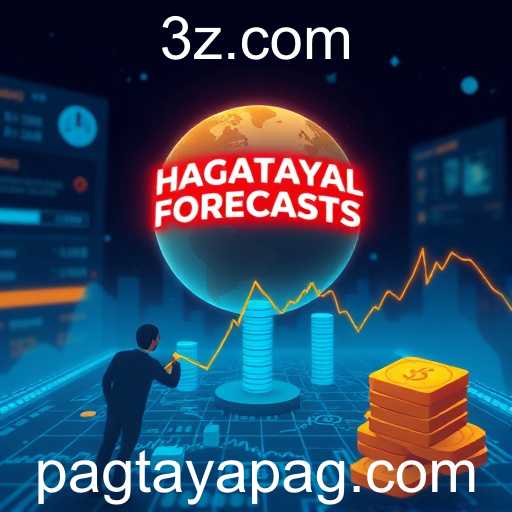An exploration of the concept of 'pagtaya' and its implications for risk assessment and decision-making in today's interconnected global economy.
In today's increasingly complex global economy, the concept of 'pagtaya,' a Filipino term for 'forecast' or 'assessment,' is gaining prominence among policymakers, analysts, and business leaders worldwide. As we navigate through the middle of the 2020s, understanding and leveraging 'pagtaya' has become crucial for effective decision-making and strategic planning.
The world has witnessed numerous unforeseen challenges over the past few years, from geopolitical tensions to unexpected pandemic outbreaks and climate-related disruptions. In this context, 'pagtaya' represents not just a tool for prediction but a broader framework for anticipating risks, preparing for uncertainties, and capitalizing on potential opportunities.
One significant area where 'pagtaya' plays a critical role is risk assessment. As global interconnections deepen, so do the complexities of managing risks. Businesses are increasingly relying on sophisticated pagtaya models that incorporate a wide array of variables from financial indicators to socio-political climates. This enables them to not only identify potential threats but also to strategize around them effectively.
When looking at the global economy, pagtaya is indispensable. With economies tightly knit through trade and digital networks, ripples in one part of the world can lead to waves elsewhere. For instance, the ongoing adjustments in monetary policies by major economies or disruptions in global supply chains demand adept pagtaya to manage economic forecasts accurately.
Moreover, the role of technology cannot be overstated. Advanced analytics, artificial intelligence, and machine learning have turbocharged traditional pagtaya mechanisms, offering more precise predictions and insights. These technological advancements are helping industries refine their pagtaya processes, allowing them to respond more adeptly to both anticipated and emerging problems.
In essence, 'pagtaya' is not merely about prediction; it is an integral component of strategic alignment with the ever-evolving global landscape. Faced with uncertainties on multiple fronts, the ability to forecast and prepare has become a central pillar for sustainability and growth.
As the world continues to grapple with 21st-century challenges, the emphasis on pagtaya as a vital competence will likely intensify, urging entities across sectors to embrace and enhance their forecasting capabilities.




